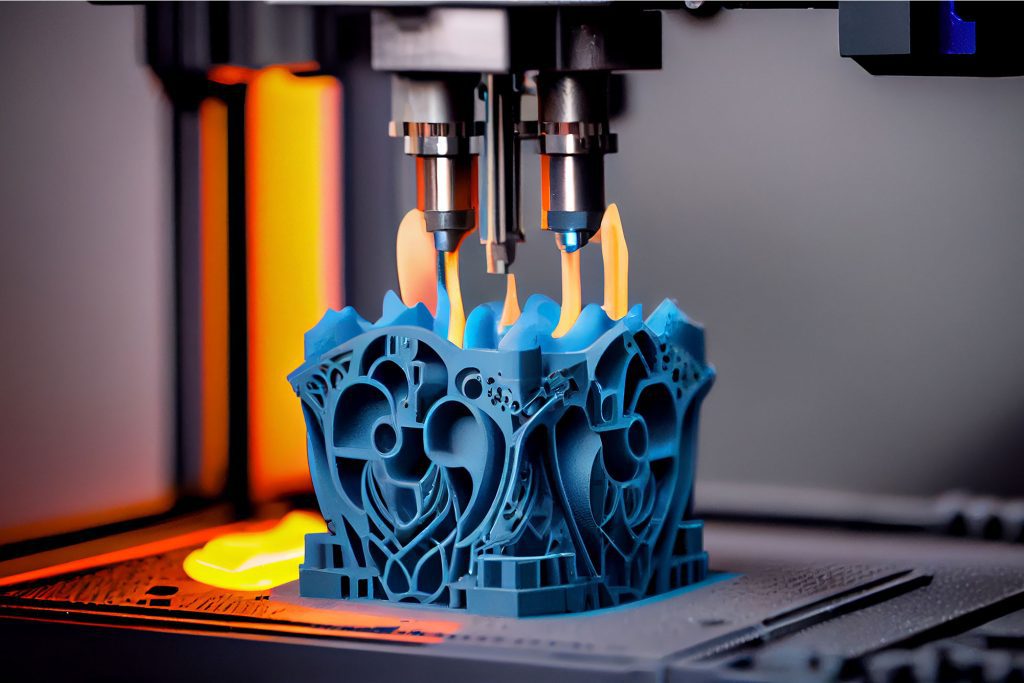In the ever-evolving landscape of manufacturing, technological advancements continue to redefine the way we create and produce goods. One such revolutionary innovation that has captured the imagination of industries worldwide is 3D printing. With its ability to bring digital designs to life quickly and efficiently, 3D printing has sparked the question of whether it can replace the time-tested classic machine tools. In this blog post, we embark on a journey to explore the possibilities and limitations of these two manufacturing approaches and delve into the realms of sustainability, accuracy, and productivity. As we weigh the advantages and drawbacks of each method, we uncover how both 3D printers and machine tools contribute uniquely to the manufacturing ecosystem, pushing boundaries and shaping the future of production. So, join us as we unravel the potential of these technologies and examine how they complement each other in creating a more sustainable and innovative world of manufacturing.
Sustainability: A Greener Future with 3D Printers
The world is becoming increasingly conscious of sustainability and its impact on the environment. As industries strive to reduce waste and embrace eco-friendly practices, 3D printers emerge as a promising alternative to classic machine tools. Unlike machine tools that produce chips and require coolants, 3D printers operate dry and with minimal waste. This makes them a clear winner in terms of sustainable environmental protection. By choosing 3D printers over traditional machine tools, we can take a significant step towards creating a greener future for manufacturing processes.
Accuracy and Productivity: Striking the Right Balance
When it comes to precision engineering, accuracy is of utmost importance. Machine tools excel in this domain, offering higher accuracy compared to 3D printers. The accuracy of machine tools is influenced by various factors such as geometry, kinematics, statics, dynamics, thermology, and tribology. On the other hand, 3D printers can achieve an accuracy of approximately ±0.05mm, making them suitable for applications that don’t require extreme precision.
Productivity, measured by the ratio of output to input used, is another critical aspect to consider. Machine tools boast a significant advantage in terms of manufacturing time per component, making them ideal for large-scale production runs. In contrast, 3D printers are better suited for prototypes and small production batches.
After careful examination, it’s evident that both 3D printers and machine tools offer unique strengths, and they each have their place in the manufacturing landscape. Machine tools shine in mass production scenarios, where high accuracy and efficiency are paramount. They cater to industries that require large-scale production without compromising precision.
On the other hand, 3D printers present a sustainable and low-waste option for prototypes and small-batch production. Their ability to create intricate designs and quick turnaround times make them ideal for industries that value rapid prototyping and custom manufacturing.
In the short and medium term, it seems unlikely that machine tools will be entirely replaced by 3D printers. Instead, manufacturers should explore how these technologies can complement each other to optimize the production process. By embracing a dual approach, companies can reap the benefits of both technologies and strike a balance between precision, sustainability, and productivity.
Exciting prospects lie ahead as 3D printing continues to advance, and new applications emerge. Already, flagship projects in the aerospace industry have demonstrated the potential of 3D printing to revolutionize aircraft construction. As technology evolves and adoption increases, we can expect further innovations that may blur the lines between these two manufacturing approaches.
In conclusion, the question of whether 3D printers can replace machine tools cannot be answered with a simple yes or no. Instead, both technologies hold their ground in different contexts, and embracing their unique strengths is the key to unlocking a more sustainable, accurate, and productive future for manufacturing.

